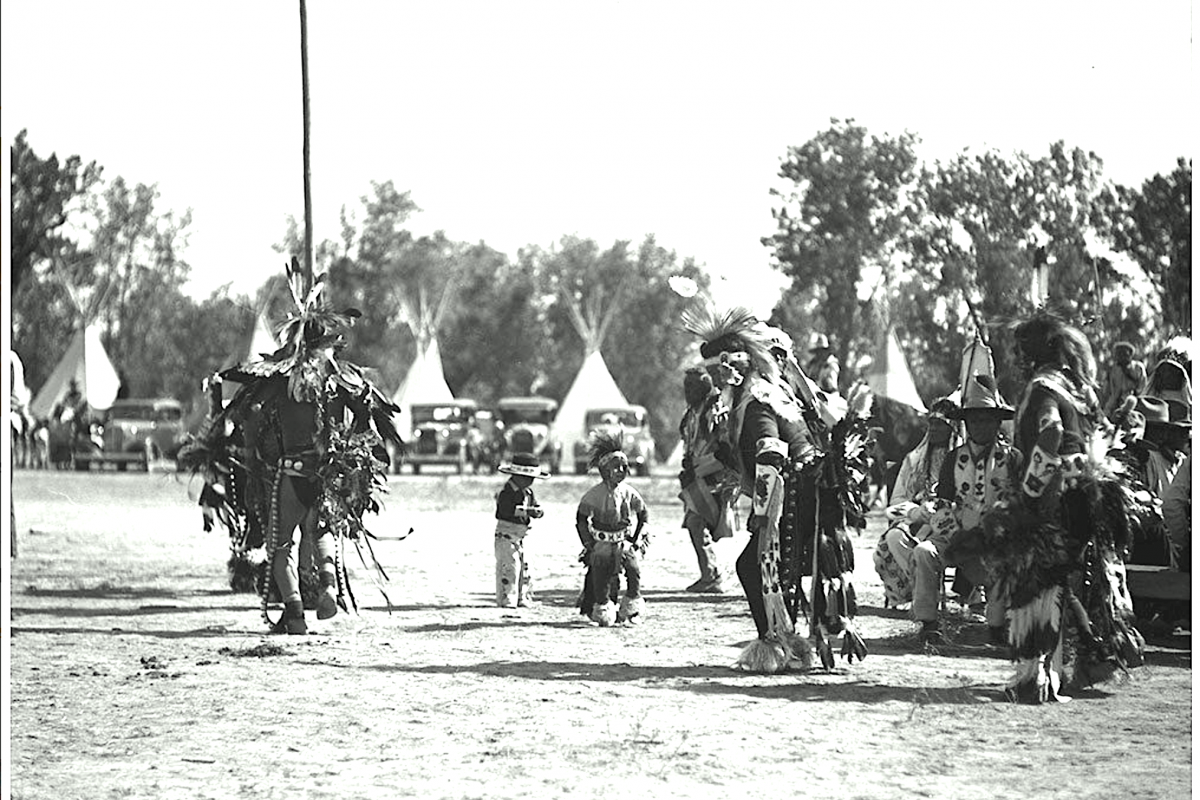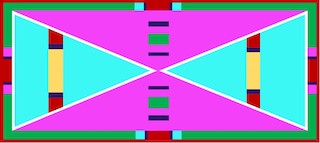Crow Fair Collection

Crow Fair Collection
After the United States government moved Crows from the Rosebud Agency to present site of Crow Agency in 1884, federal officials desired that Crows take up agriculture. With mixed results over the next two decades, Agents and their District Farmers attempted to force Crows to plant and harvest crops. In 1904, Agent Samuel Reynolds started an agricultural fair for Crow farmers. The Crow Fair initially functioned in a similar vein to county fairs in other rural locations. However, Crows quickly weaved cultural activities such as racing and dancing that soon became the focal point of Crow Fair. Reynolds halted the fair due to racing and dancing in 1906 and 1907. After meeting with Chief Plenty Coups and other Crow leaders in 1908, Reynolds allowed the fair to continue with both an agricultural component and Crow cultural events.
Over time, the agricultural function of the fair waned while Crow cultural and later Pan-Indian themes began to dominate. Crow Fair has continued to this day with the only interludes during World War II and during the Yellowtail Dam controversy during the late 1950s. Today the fair includes pow-wows, horse racing, and rodeo as key events each year during the third week of August. Families gather together to camp and rekindle acquaintances with individuals from around the world. Crow Fair is called the “Teepee Capital of the World” due to upwards of fifteen hundred tipis families put up each year.
The Crow Fair Video Recordings include all of the important events that occur each year at Crow Fair. This includes the parade, grand entry, pow-wow, horse racing, and rodeo.
